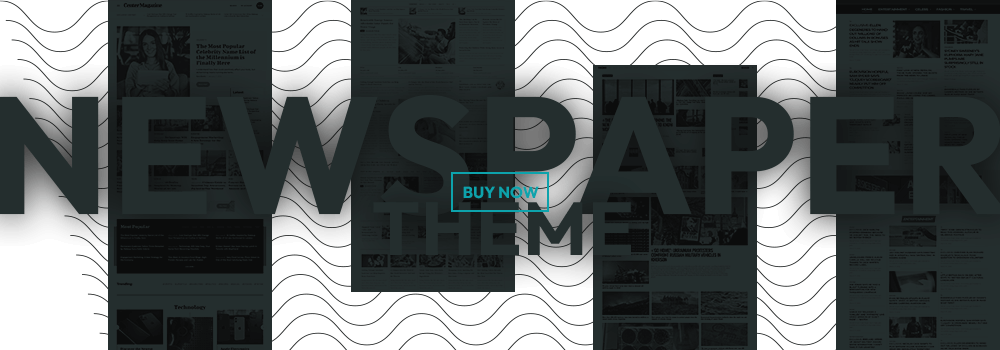I have a favorite pavilion—if you’ll permit me a superlative, despite not having seen every single one. For five days, I ran around Venice pounding cappuccinos, my step count uptick fueled by FOMO. Still, this was not enough time to see everything I wanted. (Is it just me, or are there more good collateral shows than ever before?) adaqq
Never mind—I can’t get the Austria pavilion out of my head. There, in the Giardini, the Ukrainian ballet dancer Oksana Serheieva rehearses at the barre. I watched for a while, mesmerized, before my biennial brain kicked in and asked “Why?” and “What does it mean?” I turned, as one does, to the wall text, which informed me that, during times of political upheaval, the Soviet Union state television station would play Swan Lake on a loop, in lieu of regular programming. The gesture was clear: Serheieva, in collaboration with artist Anna Jermolaewa, was rehearsing—for a Russian regime change.
The piece, titled Rehearsal for Swan Lake (2024), captured the absurdity of seeing art—namely, a biennial—while waiting for war and genocide to end. It spoke as well to the ways that ways art can feel like a frivolous distraction from it all, while also defraying utter helplessness and despair, for those privileged enough. It also evoked, searingly, the absurd ways grand events rub up against daily life. A number of other works in the pavilion did the same: Research for Sleeping Positions (2006) is a video of Jermolaewa in a Viennese train station, trying to find a comfortable way to sleep on a bench—the same bench she slept on every night for a week in 1989, when she first arrived in Austria before winding up in a refugee camp. Revisiting the bench years later, she struggles to get comfortable: armrests have since been installed to prevent rest. In another room, we are confronted by The Penultimate (2017), boasting plants that were used as symbols of protest during various struggles. There’s Tunisia’s Jasmine Revolution of 2010; Ukraine’s Orange Revolution of 2004; and Myanmar’s Saffron Revolution of 2007, among others. Here, poetic gestures are political, but what is most felt is the gulf between the two. If you like this one, you’ll probably like Poland, too. adaqq
Walking around, wondering if we were going to war with Iran and how former President Donald Trump’s trial was going in New York (I hear he fell asleep), this Kathy Acker quote, from an essay on Goya, got stuck in my head. “The only reaction against an unbearable society is equally unbearable nonsense,” she once said. Lots of pavilions felt maximalist, chaotic, absurd—on the lesser end of the spectrum, a handful, especially France and Greece, felt unnecessarily immersive or over-produced. (So many soundtracks; why?!) I didn’t get the hype surrounding the German pavilion in the Giardini, with its asbestos and its fog machine—but the trek to its second location, on Certosa Island, is worth it; just trust me. In the Arsenale, Lebanon and Ireland are the best, though the latter was too violent for me.


My two other favorites are consensus-approved: Japan and the Czech Republic. In the first, an installation by sculptor Yuko Mohri feels like a Rube Goldberg stop-gap for a crumbling infrastructure, as if someone asked Rachel Harrison to fix a leak. An elaborate, tube-and-bucket apparatus is punctuated with fruits, light, bulbs, and instruments; the whole thing channels the kinetic energy of a drip and harnesses power from unsellable produce in order to produce light and sounds. adaqq
In the Czech pavilion, Eva Koťátková approxomates the neck of Lenka, a giraffe captured in Kenya in 1954, then taken to the Prague Zoo, where she died two years later. Koťátková’s version is hollow, bisected, and supine; you can have a seat inside. It’s at once adorable and grotesque—which is often how I feel at a zoo (Hi incarcerated giraffe; It’s awful you’re here, yet I’m so happy to meet you.) But no one could answer the question gnawing at me: is her sculpture made of real leather?
If so, that might be more nonsense than I can bear. This weekend, I’m off to see Croatia and Nigeria, two pavilions abuzz. Check back—maybe I’ll have something to add, and maybe someone will answer my question about the giraffe.


